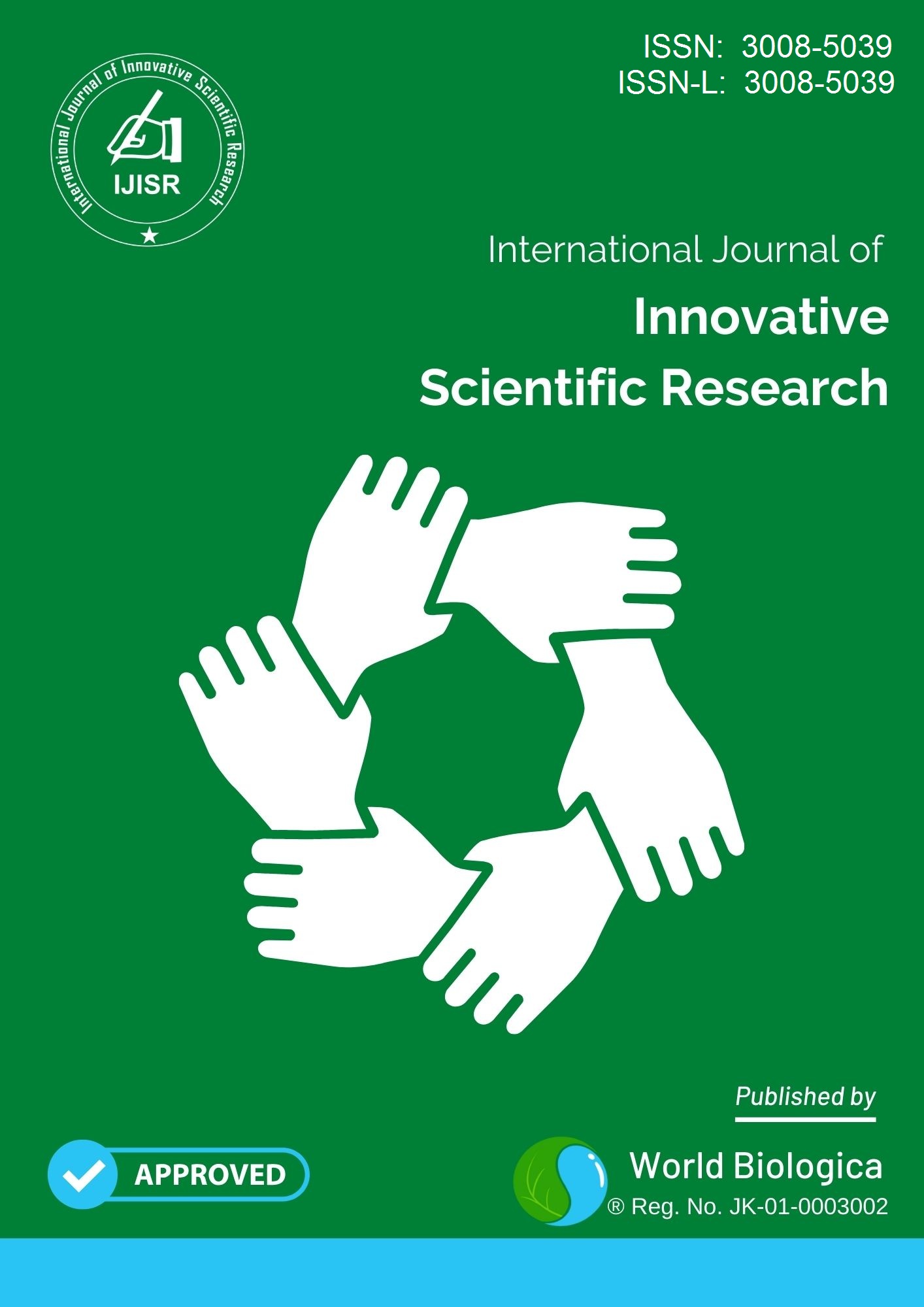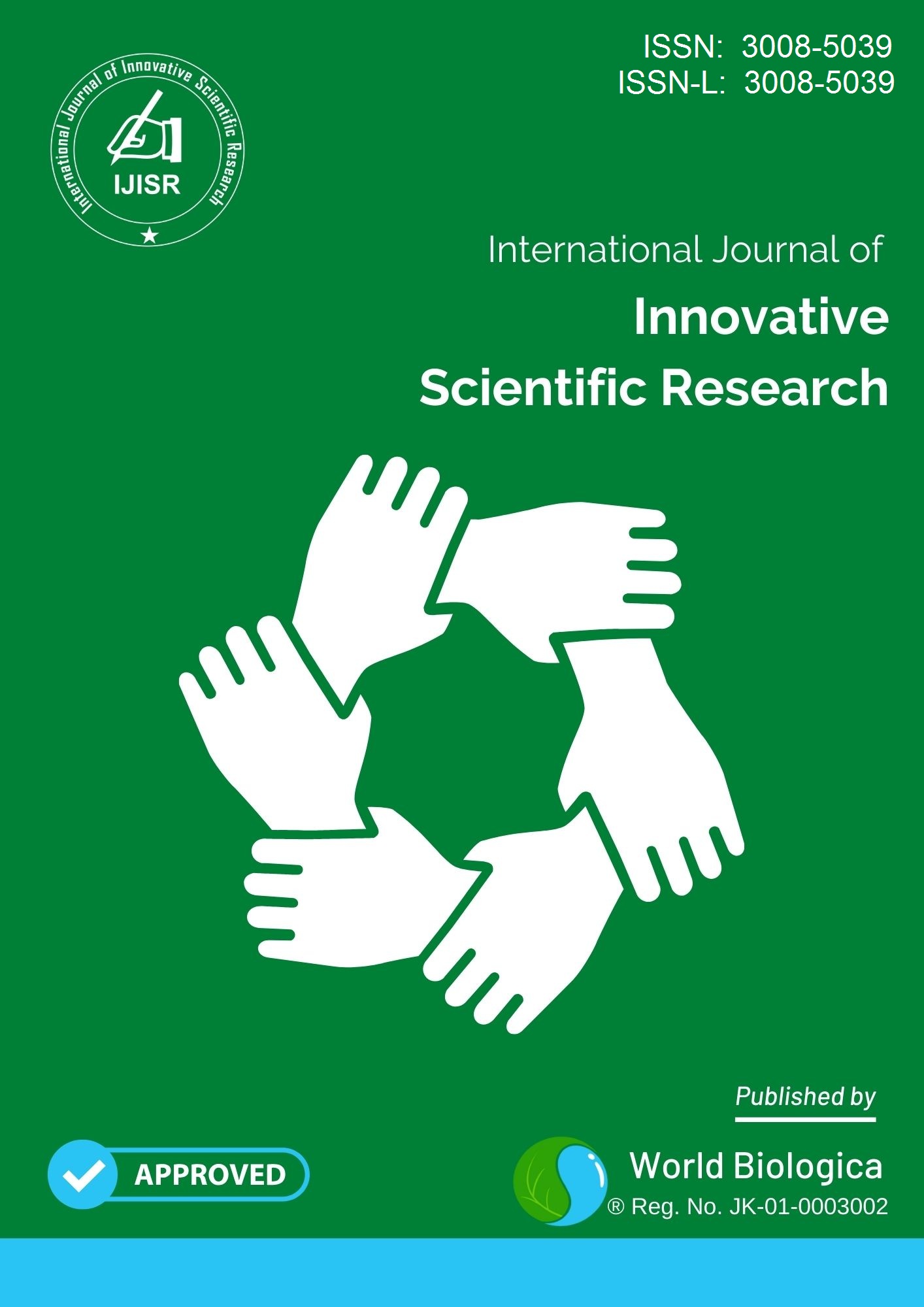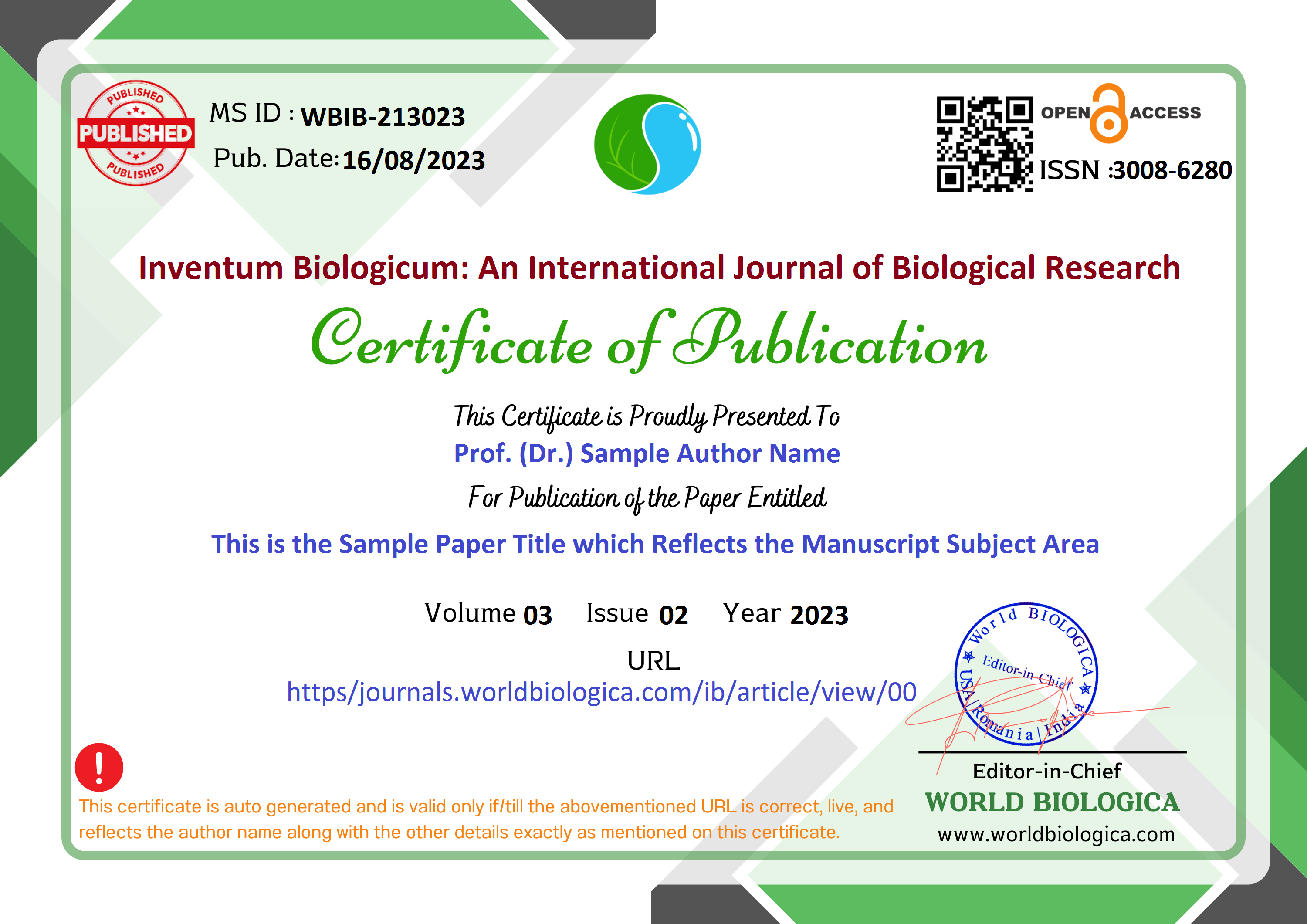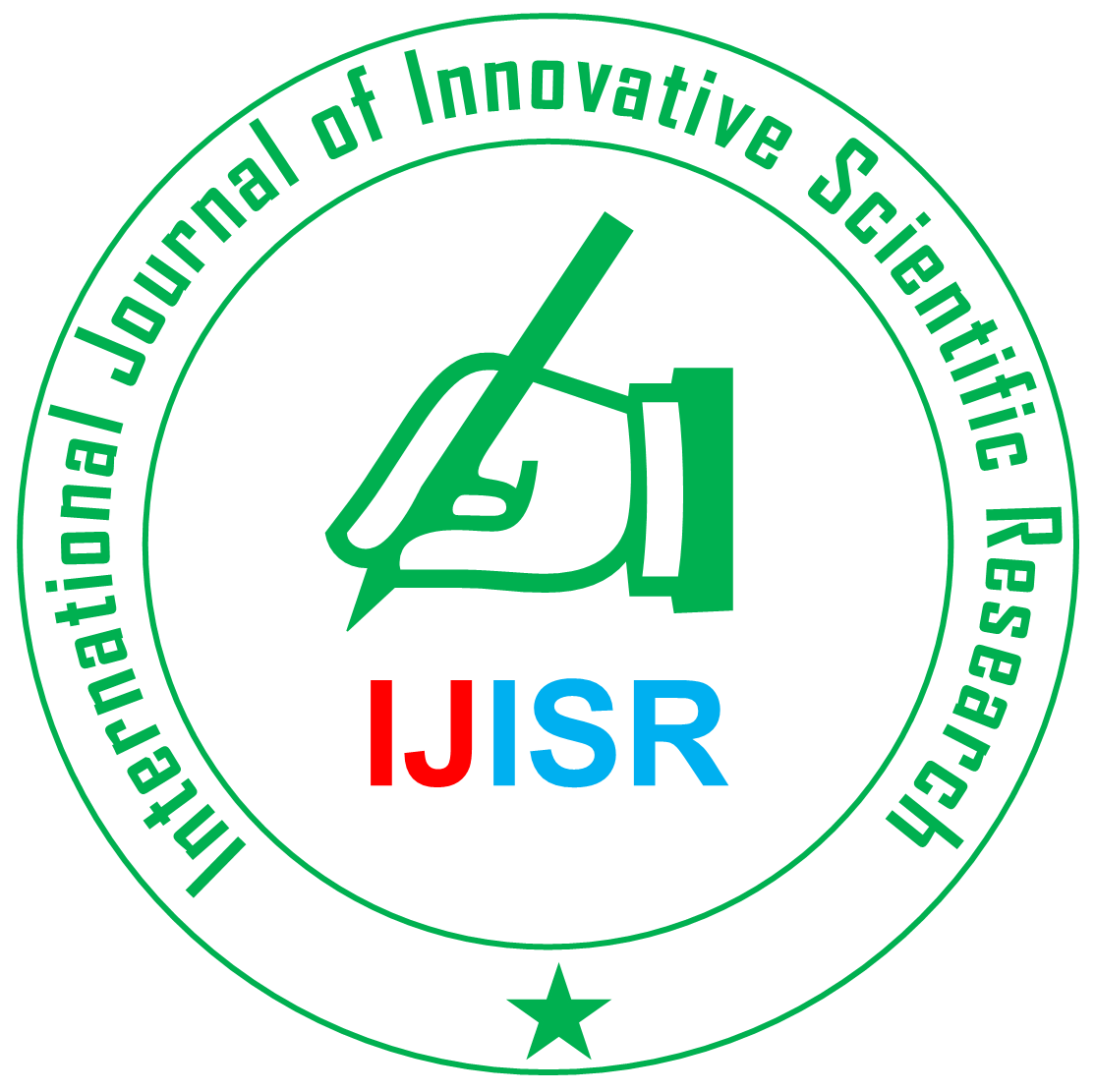Empowering Women Through Microcredit
A Socio-Economic Analysis in Belgaum District, Karnataka
Keywords:
Microcredit, Women's Empowerment, Economic Development, Social Empowerment, Rural Bangladesh, Poverty Alleviation, Gender Equality, Microfinance, Financial Inclusion, Sustainable DevelopmentAbstract
Microcredit has been recognized as a tool for fostering economic and social empowerment among women, particularly in developing regions. This study explores the impact of microcredit on women's empowerment in Belgaum district, Karnataka, focusing on economic independence, decision-making power, and overall well-being. Using a mixed-methods approach, data were collected through structured surveys and in-depth interviews. Quantitative findings were analyzed using statistical tools, while qualitative data provided insights into personal experiences. The results indicate that while microcredit has positively influenced economic independence, its social impact varies based on program design, cultural factors, and financial literacy. The study highlights the need for holistic approaches that integrate financial support with training and social interventions to enhance long-term empowerment.
Downloads
References
Chavan, P., & Ramakumar, R. (2003). Micro-Credit and Rural Poverty: An Analysis of Empirical Evidence Documentation. Economic and Political Weekly, 27(10), 9-15.
Economic Review. (2018). Ministry of Finance, People's Republic of Bangladesh, Dhaka, Bangladesh.
Grimm, M., Harttgen, K., Klasen, S., & Misselhorn, M. (2008). A human development index by income groups. World Development, 36(12), 2527-2546.
Maheswaranathan, S., & Kennedy, F. B. (2010). Impact of Micro-Credit Programs on Eliminating Economic Hardship of Women. University of Kelaniya, 43, 876-887.
Morduch, J. (1999). The Microfinance Promise. Journal of Economic Literature, 37(4), 1569-1614.
Morduch, J., & Haley, B. (2001). Analysis of the Effects of Microfinance on Poverty Reduction. NYU Wagner Working Paper No. 1014, RESULTS Canada.
Mayoux, L. (2000). Women's Empowerment and Microfinance: A Participatory Learning, Management, and Action Approach. UNIFEM Resource Manual for Practitioners and Trainers, 23-32
Kabeer, N. (2015). Gender equality and women’s empowerment: A critical analysis of the third millennium development goal Gender and Development, 23(2), 201-216.
Kabeer, N. (2001a). Resources, agency, and achievements: reflections on the measurement of women's empowerment Development and Change, 32 (3), 435–464.
Kabeer, N. (2001b). Conflicts over credit: Re-evaluating the empowerment potential of loans to women in rural Bangladesh World Development, 29(1), 63–84.
Barkat Ali (2021) Impact of Microcredit on Women's Empowerment in Bangladesh: A Case Study on Rangamati Pourashaba, Bangladesh, Vol. 10, No. 1, 2021, pp - 100-123
Molyneux, M., &Razavi, S. (2002). Gender justice, development, and rights Oxfam
Mahmud, S., & Shah, N. (2016). The impact of microcredit on women’s empowerment: new evidence from Bangladesh Journal of Developing Areas, 50(3), 441-455
Mayoux, L. (2000). Microfinance and the Empowerment of Women: A Review of the Key Issues Social Finance Unit, Department for International Development
Mayoux, L. (2000). Microfinance and the Empowerment of Women: A Review of the Key Social Finance Unit, Department for International Development
Downloads
-
Download PDF
 Abstract Views: 118,
Abstract Views: 118,  Download PDF: 21
Download PDF: 21
Published
Issue
Section
License
Copyright (c) 2025 International Journal of Innovative Scientific Research

This work is licensed under a Creative Commons Attribution-ShareAlike 4.0 International License.

















